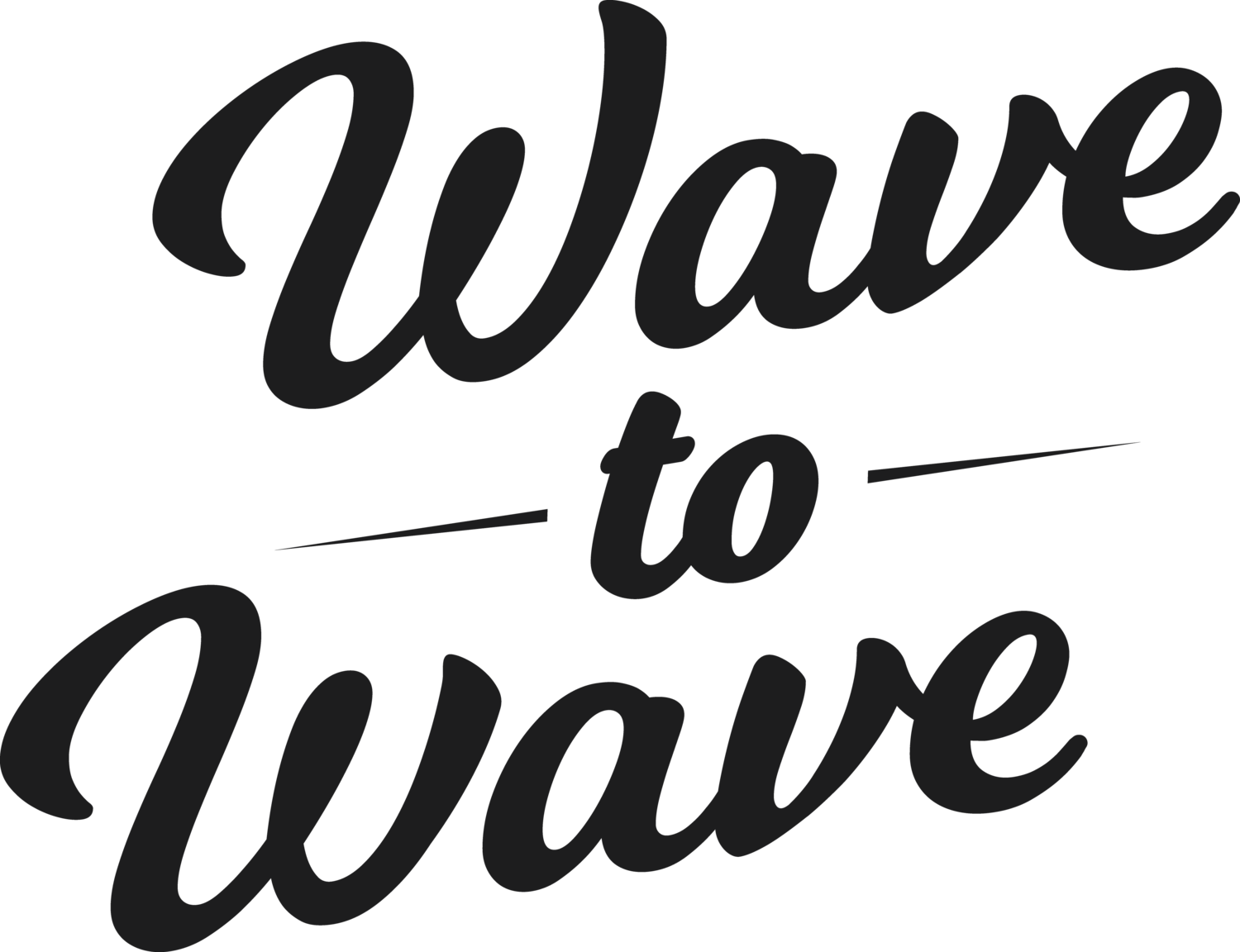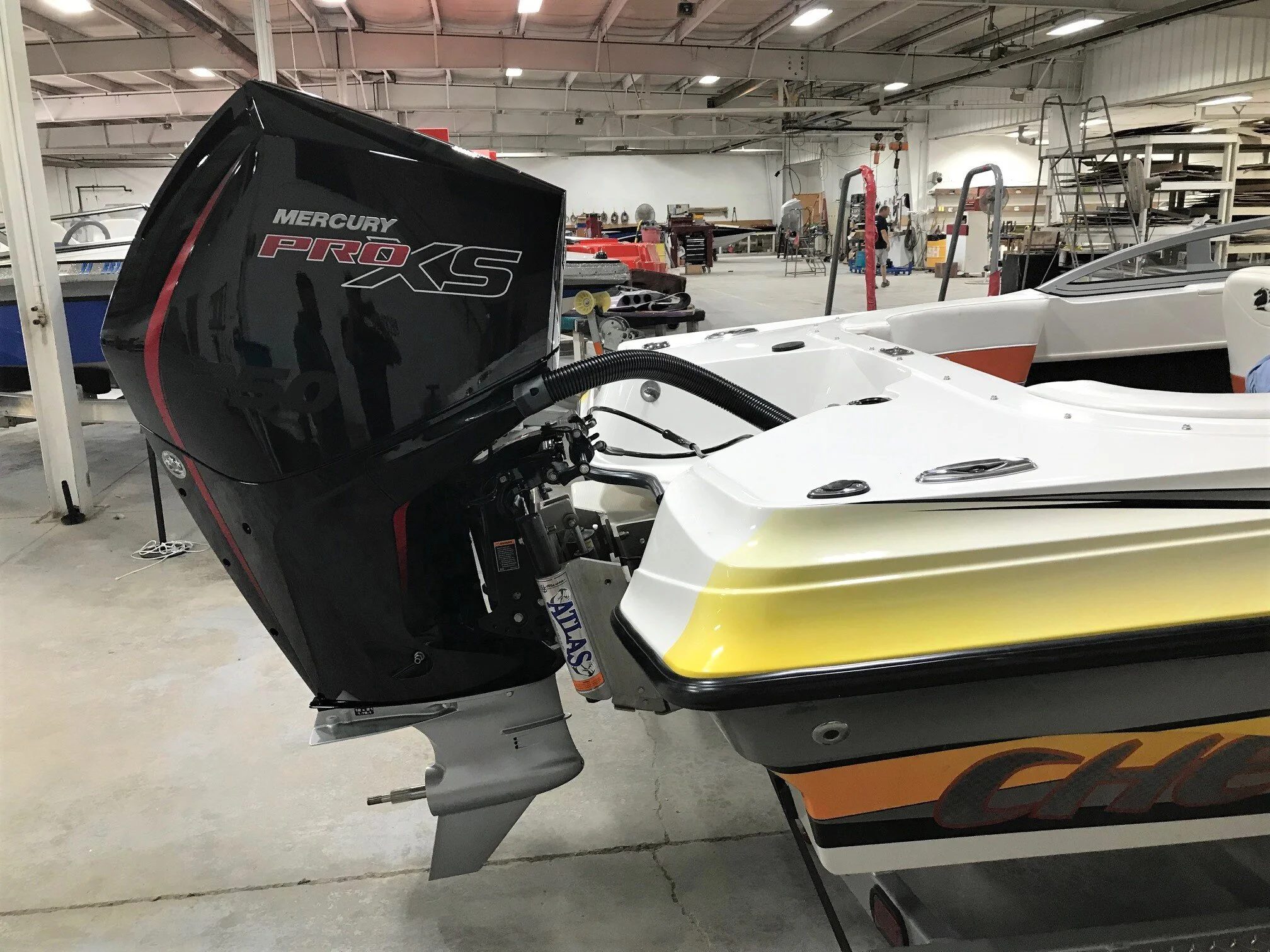Is Yamaha the King of the V6 Outboard Market?
For outboard engines, V6 power was and is the most popular configuration for a vast range of power from 200 to 300 HP. Since the late seventies, Mercury and OMC battled for V6 outboard supremacy, from 135 HP to 275. OMC made a V8 to push the limit but the smaller 2.0L to 2.7L V6 market was extremely popular. Even though Yamaha arrived in the US in 1970, and wasn’t in the V6 game until the early eighties, they slowly and surely embraced leading technology, built reliable engines and now dominate the V6 HP range from 200 to 300 HP. From early carbureted 2.6L engines, to the HPDI series and with the current four stroke 4.2L Vmax SHO, Yamaha is the king of the V6 right now.
Why is this important? Because for performance boaters with smaller boats, a V6 four stroke has many advantages; lower weight, lower center of gravity, and lots of power. I still think 200 to 250 HP is a sweet spot for many hulls in the 18’ to 23’ range. A hot 250 HP can be a killer setup on plenty of different hulls. Right now, Yamaha and Mercury make a some compelling V6 outboards but Yamaha has a couple of advantages for performance boaters. Let’s see why the 4.2 Vmax SHO wins the race.
Big and bold, the recently updated 4.2L Vmax SHO is a V6 powerhouse. Mechanical shift, high performance gearcase, and some aftermarket parts to really dial it in.
Power and displacement are the key advantage the Yamaha 4.2L V6 has over the Mercury 3.4L V6. And I know what many will say, “the Mercury 4.6L V8 has more displacement.” True, but on many light boats, the slight weight advantage and lower center of gravity of a V6 would be more beneficial to me. I still think Mercury should’ve used the 3.4L V6 for their 200 and 225 ProXS models, as that would be the best in class for weight and performance overall, but Yamaha is instead. You could make the case for the 3.4 Merc in the 225 HP range but the Yamaha has a couple other advantages.
I actually really like the inline 4 cylinder outboards on the market for really small boats, and you can see why above. All the new V6 and V8 outboards are not only tall but they are massive up top.
One advantage is the plethora of aftermarket parts for the big Yamaha. You can get everything from Delrin solid mounts, to a fat shaft kit with taller 1.62 gears, replacing the stock 1.75. The stock gearcase on the Yamaha is actually quite good out of the box, so unless you’re running 90 MPH plus, you probably don’t need the 1.62 gears, although the fat shaft is smart if you’re running it really high. There are some tuning kits available for the V6 Yamaha that really make it sing, raising the RPM limit and increasing power to the 300 HP range, if that’s what you really want.
Yamaha recently upgrade the V6 with a new cowl and increased the power of the alternator to 70 amps. The engine specification sheet says it now weighs 529 Lbs with a 20” mid, whereas the previous generation weighed 505 Lbs but that could be the alternator and cowl change, plus a more realistic weight. All manufacturers seem to use a very optimistic weight estimation.
A HPDI Vmax, the cowl and graphics are pretty wild. Yamaha always had some cool designs to play up their performance engines. (photo unknown source)
On the Yamaha performance bulletins, a stock 225 HP Vmax SHO on a fully equipped Allison 21 XB, with 3 batteries, full tank, trolling motor and safety gear; the boat ran 85 MPH at 5900 RPM, spinning a 28” 4 blade, 14.5” diameter unspecified prop. That is pretty remarkable performance, considering with light fuel, one battery and no trolling motor you might find a few more MPH. A 250 HP would be over 90 MPH on that boat.
An Allison XB 21, fully equipped running 85 MPH with a stock 225 Yamaha V6. (photo credit to Yamaha Marine. link to test here: Allison XB Yamaha SHO 225
Although Mercury Racing 250R and 300R come out of the box with some compelling performance features, including the sport master gearcase, the Yamaha is more of a semi performance product, aimed at the performance fishing market. With just the solid mounts though, it becomes a pretty stout setup, add a few more parts and you have a really high performance outboard that is also fairly bullet proof. You can find many performance parts for all Yamaha outboards at Hydro-Tec Performance.
Yamaha really innovated with this engine back in 2009 when it was released, using a sleeveless design where the cylinders are plasma coated with no steel sleeves. Advanced composites were used for the pan and cowl to make them as light as possible. Which is why, although the Yamaha 4.2 is large looking, it’s actually lighter than it looks. Surprisingly, the updated version did not receive digital controls and still runs mechanical controls, possibly to simplify repowering and keep costs lower. I won’t be surprised if they add it soon.
The Japanese brand has a loyal following among a cohort of the performance community and a really cult like following in the fishing market. I still remember seeing the gradual proliferation of Yamaha Pro V’s back in the nineties at the bass tournaments. Even as a unapologetic Merc guy, I have to hand it to Yamaha for building a really awesome V6 that works well on a ton of different boats.
Yamaha new Vmax SHO V6 walk around.
Statistics:
Outboard engine sales growth in 2019 led by engines 200hp+, accounting for 27% of sales, and sales of 300hp+ engines up 18% (boatingindustry.com)










